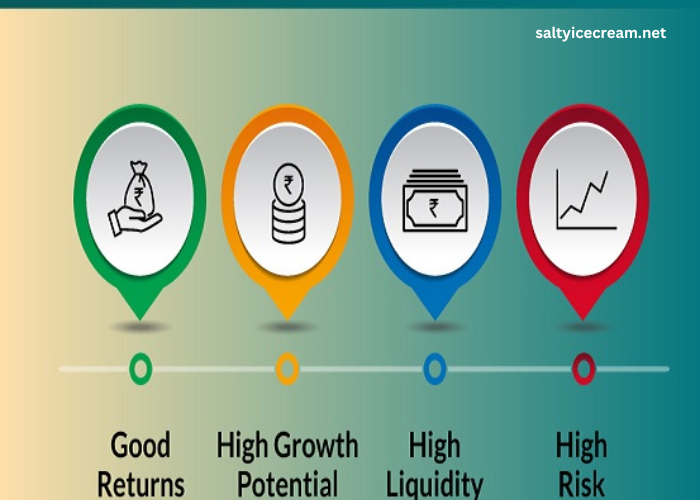Mid-cap mutual funds have become an attractive choice for investors looking to improve their
portfolios with a balanced combination of growth opportunities and risk control.
These funds mainly invest in medium-sized companies, usually ranked between 101 and 250
based on their market value, giving them a special place in the investment world.
This blog looks at how mid-cap mutual funds can be part of a well-rounded investment
portfolio, their advantages, and important factors for investors to think about.
Understanding Mid-Cap Mutual Funds
Mid cap mutual funds aim to take advantage of the growth opportunities offered by medium-
sized companies. These businesses usually show strong growth patterns and tend to be more
stable than small-cap stocks.
These companies capitalize on economies of scale and still retain considerable opportunities
for expansion.
This stability makes mid-cap funds an appealing option for investors looking to increase their
capital without the high risks that come with smaller companies.
How Mid-Cap Mutual Funds Fit into a Balanced Portfolio?
Here is how mid-cap mutual funds can bring both growth and balance to your investments.
1. Chance for Growth
Mid-cap companies, which are usually expanding, can see huge increases in stock prices.
Over time, mid-cap funds have often done better than large-cap funds. However, they also
possess higher risk than large cap funds.
2. Variety
Mid-cap mutual funds invest in different industries, helping reduce risks from poorly
performing stocks. This variety steadies the portfolio while letting you benefit from market
growth.
3. Expert Management
Skilled fund managers handle mid-cap mutual funds, carefully choosing fast-growing
companies through detailed research. This increases the chances of earning better returns
compared to hands-off investment methods.
4. Lower Price Changes than Small Companies
Mid-cap stocks experience more price changes than large companies but fewer than small
ones. This makes mid-cap mutual funds a suitable choice for investors seeking growth with
lower risk.
Tips for Adding Mid-Cap Funds for a Balanced Portfolio
When adding mid-cap mutual funds to a balanced portfolio, keep these tips in mind:
Comfort with Risk:
Check how much risk you’re comfortable with before investing in mid-cap funds. While they
offer good growth potential, mid-sized funds can be more affected by economic changes. A
smart approach is to invest a portion in mid-caps while keeping some in safer options like
large caps and bonds.
Long-Term Investment Outlook
Mid-cap investments often need a longer time—around five years or more—to show their full
growth. Investors should stay patient through short-term changes and focus on long-term
gains from compounding returns.
Market Conditions
Mid-cap funds’ performance depends on the economy. Mid cap funds tend to do well during
economic growth, thanks to higher spending and business activity, but they may face
challenges during downturns. Staying informed about market trends and adjusting portfolios
can help investors stay on track.
Future of Mid-Cap Mutual Funds
According to the Association of Mutual Funds in India (AMFI), these funds saw a net inflow of
₹3.9 trillion in 2024, reflecting growing investor trust in the mid-cap mutual fund segment.
Among the 29 funds in the mid-cap category, 16 deprived a return of >30% in 2024, with
Motilal Oswal Midcap Fund topping the list by delivering a 54.78% return.
Mid-cap mutual funds are expected to continue their growth trajectory in the long run, fueled
by economic recovery and rising consumer spending. With increasing market opportunities,
mid-cap funds are positioned for steady growth and long-term returns.
Conclusion
Including mid-cap mutual funds in your investment plan can boost your portfolio's growth
potential while managing risks. These funds offer a special opportunity to invest in medium-
sized companies that are ready to grow and innovate. You can consider them for a balanced
mix of security and returns in your financial plan.

